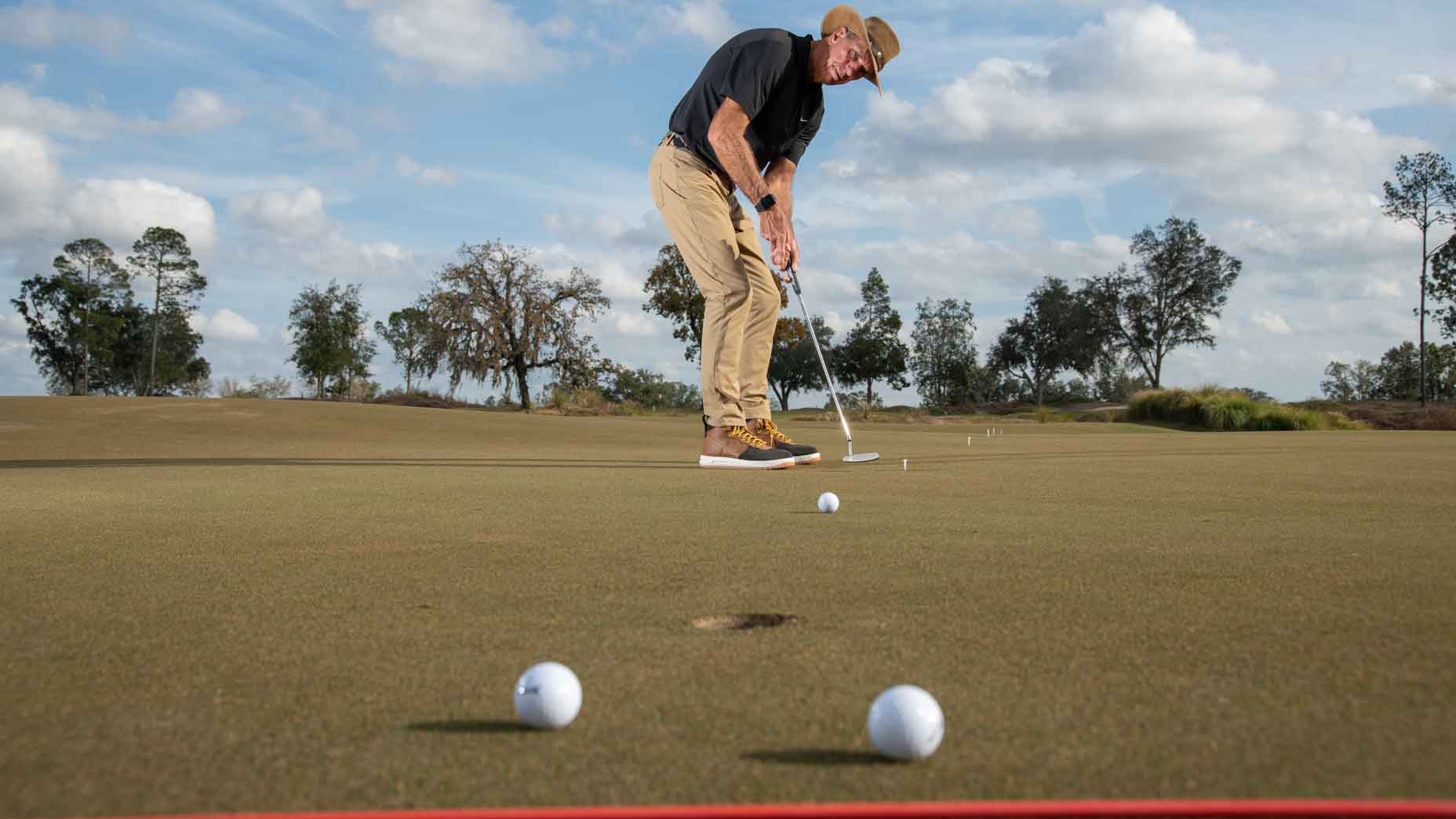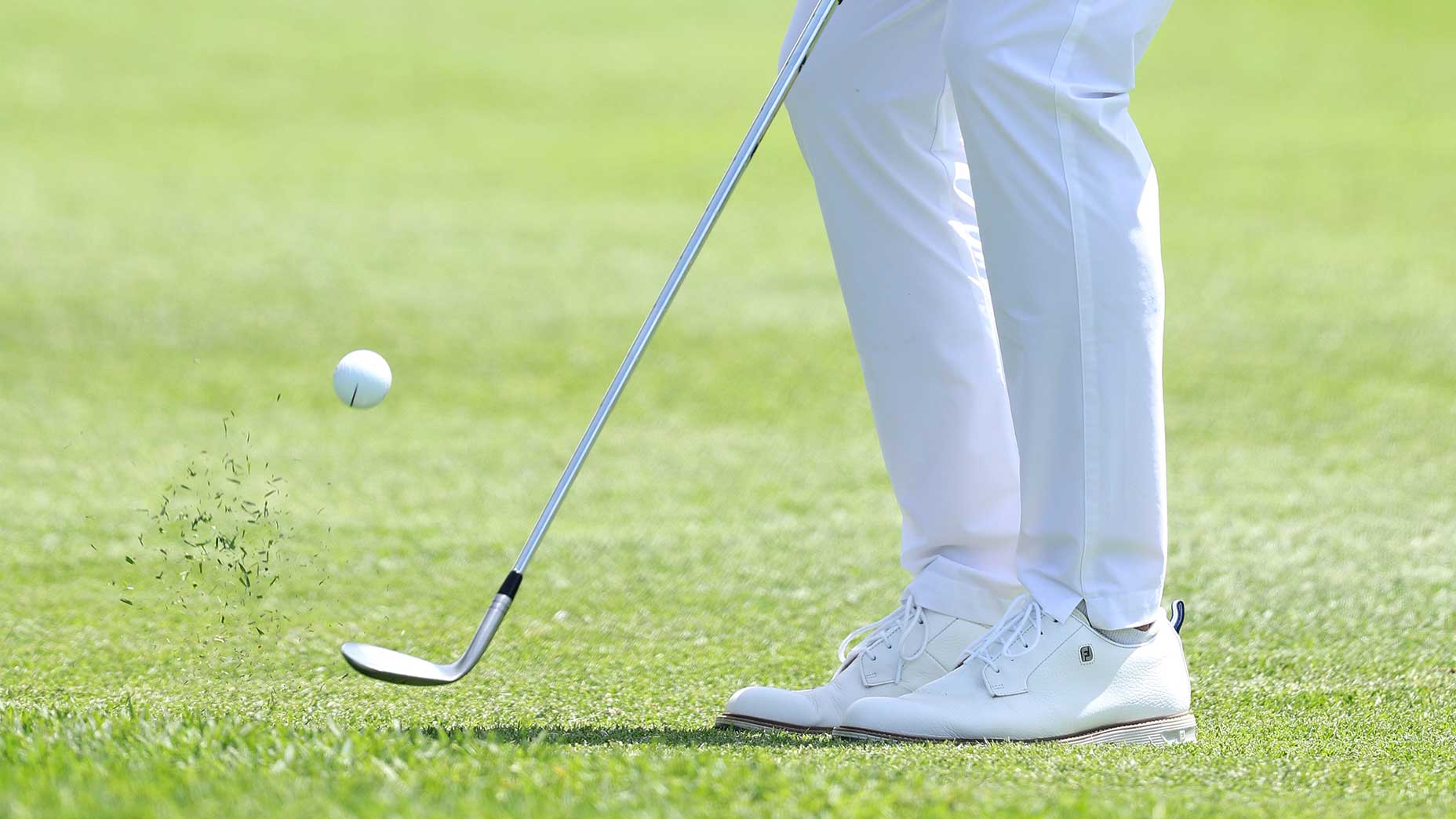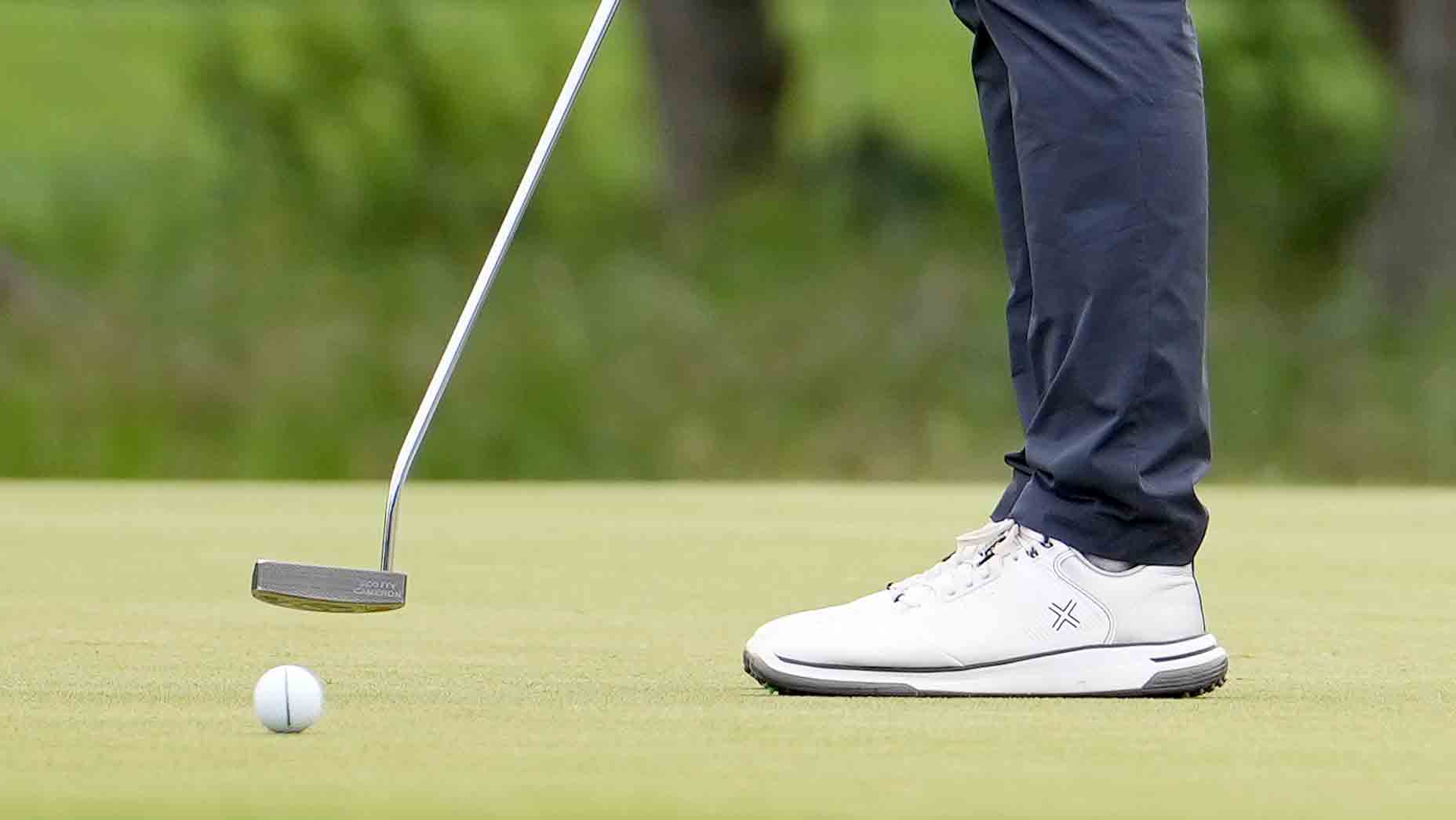There’s tons of golf terminology out there in the world of instruction. Angle of attack. Club path. Face angle. Early extension. If you nerd out about the swing, the terminology comes second nature. But for a majority of the golf population, these terms have little meaning.
One of the most common terms you’ll hear is “shallow,” which is typically in reference to your shaft angle during the downswing. In a shallow swing, the club works around your body more and the clubhead does not point to the sky as much on the downswing compared with a “steep” swing. Shallow swings often produce shallow divots (good way to remember it!) and approach the ball with a positive angle of attack, causing less backspin. Shallowing the shaft during the downswing is en vogue with modern coaching, but, according to GOLF Top 100 Teacher Tim Cooke, some players need to be wary when chasing that shallow position.
When Cooke is teaching, he typically uses the term “lowering” instead of “shallowing.”
“When I use the term lowering, why I prefer it, it’s closer to what’s actually happening,” Cooke says. “The arms are swinging off the chest. They’re lowering on the way down.”
As a product of the swing thought of lowering the arms, the shaft typically does get into that intended shallow position.
When putting too much emphasis on shallowing the shaft without the thought of lowering, the clubface can become too open during transition. And from this position, the only way to get back to square by impact is introducing tons of sidebend during the downswing.
“What i’ve noticed is when recreational players attempt to shallow the shaft, [the] clubface ends up looking very skyward,” Cooke says. “To get them to square it, they have to use heavy right side bend.”
It’s important to develop some sort of shallowing move during the downswing, but don’t put too much emphasis on that term. Instead, think about lowering your hands and arms from the top. This move will produce all of the intended shallowing of the shaft but keep you from doing so in the wrong ways.










